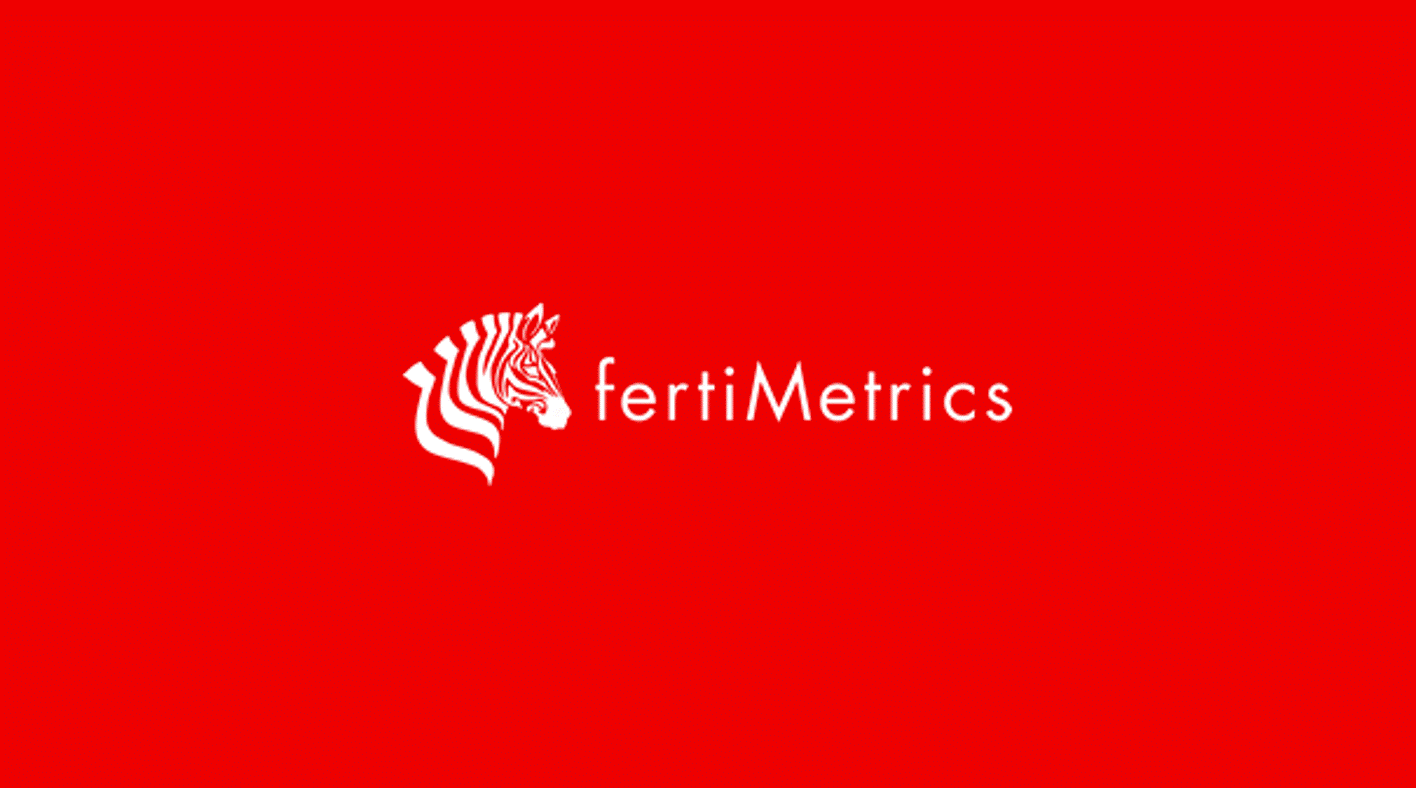Insight Focus
- Processed phosphate prices increased across the board for almost all products.
- Global potash prices are under pressure east of suez whilst brazil has taken a pause in its purchasing.
- Global ammonia market hinges on the month ahead ttf gas pricing which is highly volatile.
India’s government agency IPL closed a urea import tender on August 9th, for shipment by the 26th of September. The market was taken by a massive surprise at the 1.1 million MT volume to be shipped by Chinese sourced material. The total allocated import volume reached 1.759 million MT. The remaining volumes will be supplied by Middle East and Russian producers with one sole cargo coming from Malaysia. Another surprise were the winning numbers of USD 396 PMT CFR EC India and USD 399 PMT WC India. Subsequently, the global urea market price came under pressure with Brazilian values having dropped from a robust USD 345-350 PMT CFR to now between USD 390-395 PMT CFR. Other regions felt the same pressure and a Malaysian urea cargo was reportedly sold around USD 375 PMT FOB to a trader for the India tender. Demand for urea in Brazil, the US and Europe is slow with the latter still being on summer holidays and the former two waning down seasonal demand. As a result of this Middle East suppliers are better off taking part in the India tender with returns around USD 385 PMT FOB whilst the US would only return around USD 360-365 PMT FOB.Russian suppliers could expect returns from India around the USD 350 PMT FOB mark.
Philippine imports of urea for the January to May period increased 50.9% year on year from 227.6 KT to 343.3 KT. South Korean imports decreased 31.2% from 609.8 KT to 419.8 KT. Thailand imports in the period January to June was up 30.7% from 947.7 KT to 1.238.2 million MT. Re-export of urea from Thailand to Myanmar increased from 22 KT to 44 KT. Australian urea imports were up 13.8% from January to July from 1.642 million MT to 1.869 million MT. Brunei producer BFI is starting to find its footing in the export market having increased output in the period of January to March of 2023 to 269.4 KT, up 744.8% year on year from 31.9 KT in 2022. The outlook for the urea in the next couple of months looks subdued.
Global processed phosphate prices saw price increases across almost all products with India and Pakistan leading with substantial increases on DAP price in Pakistan of around USD 70 PMT reaching USD 560-570 PMT CFR. Pakistan has seen an increase of around USD 100 PMT in the last month alone on increased demand in a market with tight supply. Indian CFR prices increased a more modest average of USD 36 PMT reaching USD 550-560 PMT CFR. China’s DAP export price increased an average of USD 10 PMT to a level of around USD 530-540 FOB. Brazil’s MAP price remained at around USD 530 PMT CFR. Saudi Arabia’s phosphate producer Ma’aden has renewed its supply contract with the Bangladesh government of 600 KT. Further, Ma’aden is planning to increase its phosphate production to 9 million MT or 50% as part of what they call Phosphate 3 Project.
The outlook for the processed phosphate market hinges on Chinese availability in Q4 as well as increased production at OCP of Morocco. The more exports the more pressure will be felt on processed phosphate prices.
Brazil’s granular MOP benchmark price took a breather this week and has been assessed at USD 350-365 PMT CFR. Seasonal demand and tight supplies have encouraged producers to increase their offersto around USD 370 PMT CFR but buyers are resisting. India’s renegotiation of the MOP price from USD 422 PMT CFR to USD 319 PMT is yet to be confirmed although it no longer is a hidden secret with smaller contracts said to be concluded at the USD 319 PMT CFR level.
SE Asia standard MOP grade price is under pressure on the back of the most recent Pupuk Holding 300 KT contract settlement at USD 306 PMT CFR. Already buyers in Indonesia are looking for a price sub USD 300 PMT CFR with some claiming to have bought smaller parcels as low as USD 290 PMT CFR.
Thailand’s granular MOP imports are down 40.3% in the January to June period from 491.6 KT to 293.5 KT. Apparently Thai importers bought substantial quantities in the runup of the Belarus sanctions and are still sitting with high priced inventories.
The European TTF month ahead gas price volatility is playing havoc with the global ammonia market with special emphasis on the European ammonia producers. This week the TTF went as high as USD 13 mmBtu which made ammonia production in Europe costing the equivalent of close to USD 550 PMT CFR. Import prices to Europe are still less than the perceived production cost with Middle East range being around USD 300-320 PMT FOB. Ma’aden is still rumored to having one line down whilst Qatar is said to be up and running. So is both Yara and Nutrien with their Trinidad production with the resumption of the Woodgate gas production. However, both Malaysia and Indonesia ammonia capacity is running well although price remains the same in the Far East.
The outlook for the ammonia market hinges on the European month ahead TTF gas price and the easing of tight supplies.














